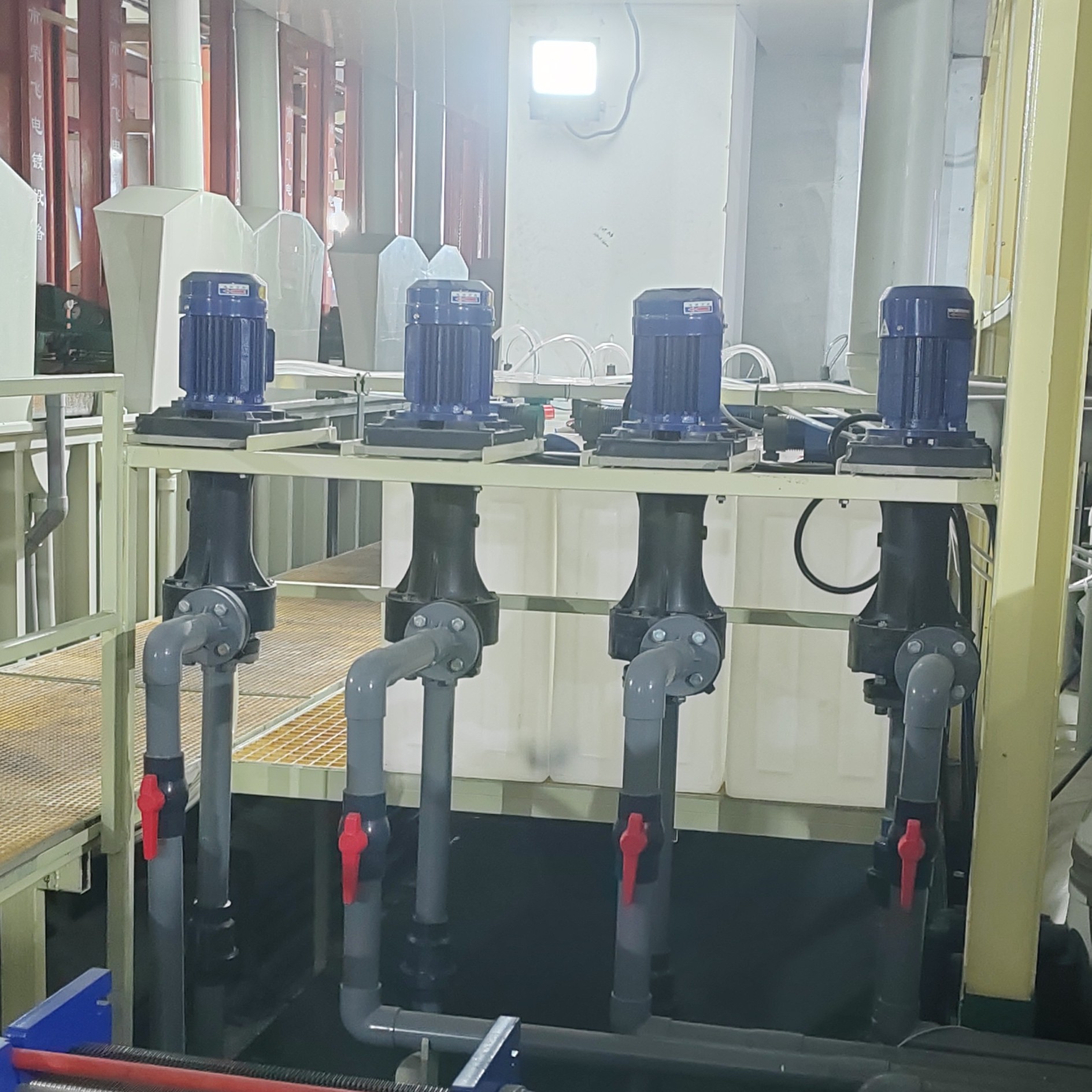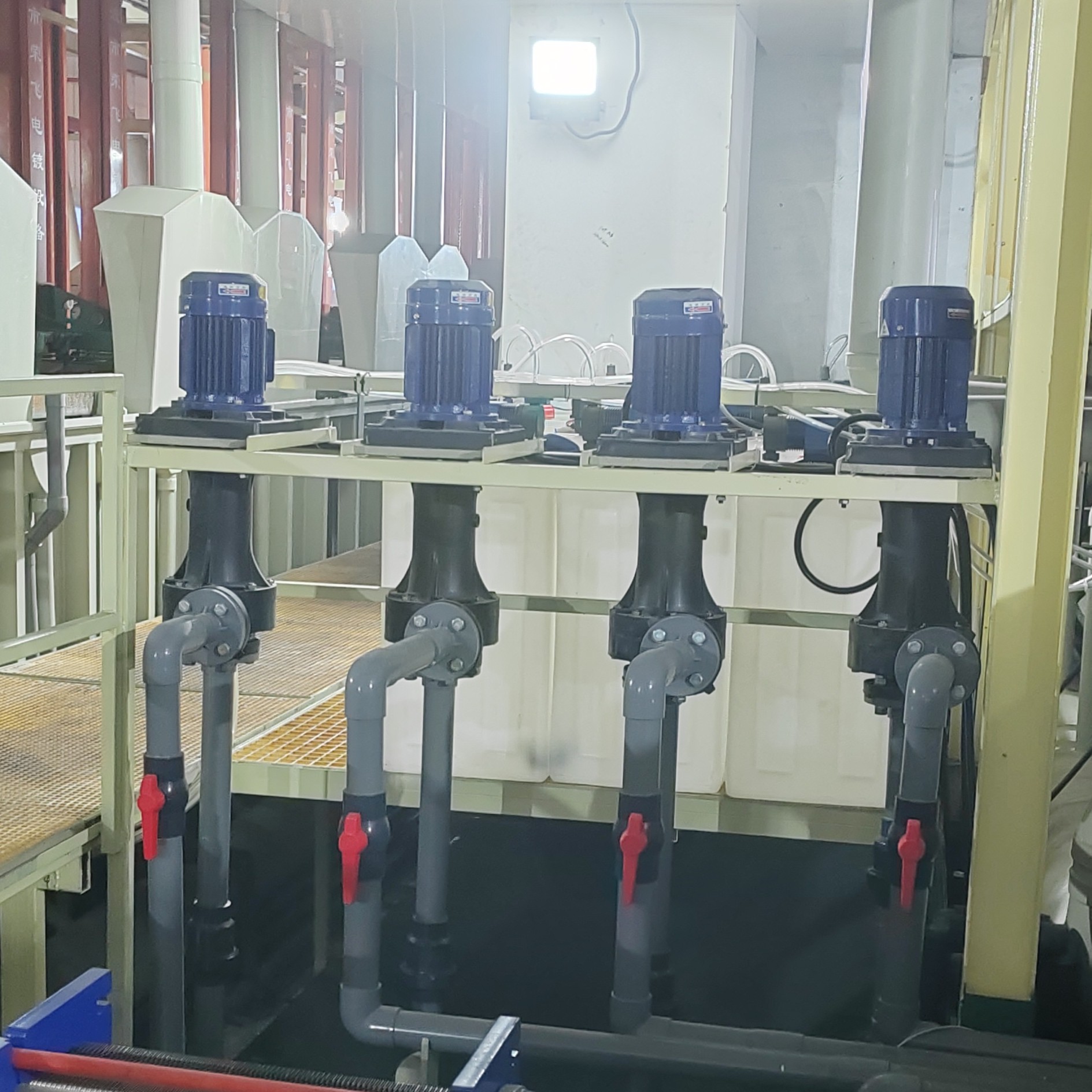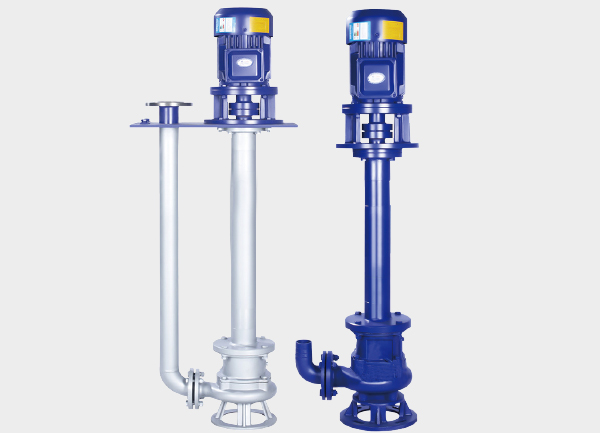Magnetic drive pumps, known for their leak-free design, reliability, and low maintenance, are widely used in chemical processing, pharmaceuticals, electroplating, and wastewater treatment industries. However, without proper operation and energy management, long-term use can lead to higher power consumption and shorter equipment life.
This article outlines practical energy-saving strategies for magnetic drive pumps from the perspectives of design optimization, operation control, and maintenance management.

1. Optimize Design and Pump Selection
Select the Right Pump Size
Oversized pumps often operate under low-efficiency conditions, wasting energy. The pump should be selected based on the actual system curve, ensuring it runs near the rated flow (80%–100%) for maximum efficiency.Use High-Efficiency Motors and Variable Frequency Drives (VFDs)
Pairing your magnetic pump with an IE3/IE4 high-efficiency motor and VFD control allows speed adjustment based on real-time flow demand. This reduces unnecessary energy use and extends pump life — saving 10%–30% of total energy.Improve Magnetic Coupling Design
Use rare-earth permanent magnets (NdFeB) to increase magnetic transmission efficiency and reduce eddy current losses. Choosing non-conductive isolation sleeves (such as reinforced PPS or fluoroplastic composites) can further lower heat loss and improve system efficiency.
2. Energy-Saving Practices During Operation
Reduce Pipeline Resistance
Complex piping layouts with too many elbows or valves increase system head loss. Optimize pipeline design by minimizing bends and sharp turns, keeping flow channels smooth to lower energy consumption.Prevent Cavitation and Overload
Cavitation not only damages the impeller but also decreases efficiency. Maintain adequate inlet pressure and liquid level to ensure stable suction and smooth operation.Keep Pump Components Clean and Lubricated
Sediment, scale, or wear can increase friction loss. Regular cleaning and bearing lubrication help the pump operate under low-resistance, high-efficiency conditions.Use Smart Load Management
In multi-pump systems, apply frequency-based control or alternating operation to balance load, prevent overuse of a single pump, and reduce total energy consumption.
3. Maintenance and Monitoring for Energy Efficiency
Inspect Bearings and Isolation Sleeves Regularly
Worn bearings or cracked sleeves lead to higher friction and magnetic loss. Use vibration analysis or infrared temperature monitoring to detect abnormal energy consumption early.Control Magnet Temperature
Excessive heat reduces magnet strength and transmission efficiency. Keep cooling circulation steady, or install cooling jackets or external cooling systems when necessary.Establish Operation Data Records
Logging flow rate, current, and power data helps identify performance trends. Periodic analysis allows for early optimization and better energy control.
4. Advanced Energy-Saving Strategies
Implement Smart Monitoring (IoT Pump Management)
Use IoT-based systems to monitor pump parameters in real-time and automatically adjust speed and power — enabling “energy on demand” operation.Apply Energy-Efficient Coatings and Materials
Coating internal pump surfaces with anti-corrosion and low-friction coatings improves fluid flow and minimizes hydraulic losses.Conduct Annual Energy Audits
Measure the specific energy consumption (kWh/m³) of each pump annually to evaluate performance and identify upgrade opportunities.
✅ Conclusion
Long-term energy savings in magnetic drive pumps require integrated management — from proper selection and design optimization to smart operation and preventive maintenance.
By implementing the techniques above, industrial users can reduce energy consumption by 10%–40%, extend equipment lifespan, and lower total cost of ownership (TCO) — ensuring reliable and sustainable operation of every magnetic drive pump system.







